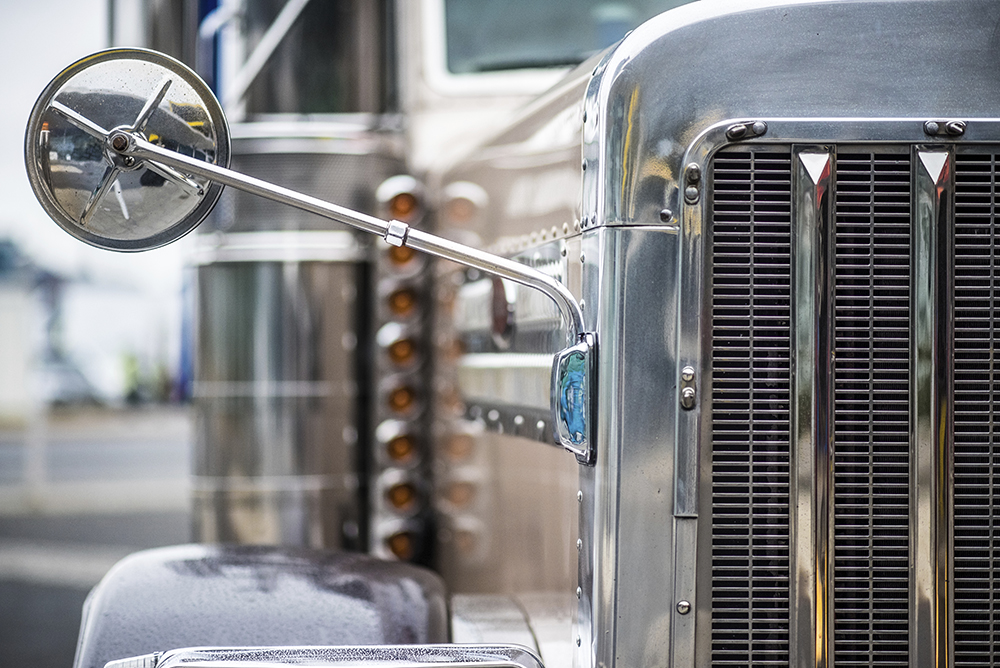Wasted fuel, environmental violations, damage to the vehicle’s lifecycle: these are all the potential costs your fleet can incur as a result of truck idling.
In today’s competitive business climate, all sectors of a company are tasked with looking for ways to cut and/or contain costs without cutting efficiencies. The first place to look, in any situation, would be those costs that are avoidable. For fleets, that should mean looking for strategies to substantially reduce idle time.
Fleets are looking for better fuel efficiency, yet idling trucks burn fuel unnecessarily. This can result in fines from breaking local, state, and federal environmental and idle time regulations. And it can mean greater maintenance and repair costs on a vehicle that’s essentially rarely powered down. In fact, overnight idling alone costs about $5,640 a year per vehicle! Figure how many of your vehicles experience this and you can see the impact idling can have on your bottom line.
In order to reduce idle time, however, you first have to identify who has the most idle time. Once you’ve done that and identified those drivers, you need to look at the reasons behind that idle time. Is it a matter of excessive waiting time at the dock? If so, you may need to speak with management at those companies to ascertain how to better plan deliveries. If it’s a result of insufficiently trained drivers, you need to better explain company protocol. Or is it a result of longer layover time? Maybe it’s a result of longer layovers due to a variety of reasons, from unexpected weather conditions to breakdowns to HOS regulations. But there are things you can do to mitigate this problem.
First, consider the drivers.
We all face the problem of driver shortage, so if we simply set a rule that limits idle time, we could be subjecting drivers to work in uncomfortable situations, like cab that are too cold or too hot, depending on the season. So what can you do to both solve the problem of idle time and maintain a decent working situation for drivers?
- Spec all the vehicles in your fleet, to identify those that are best suited and have the necessary equipment to handle longer layovers and excessive wait time.
- If you have a driver that consistently faces longer layovers, examine what type of tractor he or she is currently driving and ascertain whether it is sufficient for that driver’s needs, and if not, swap that tractor out for one that suits their needs
- Consider outfitting your current fleet with appropriate equipment
Then, look for appropriate equipment to help reduce idle time.
- Auxiliary Power Units (APU) – This can be a costly option and, at weights of up to 400 lbs., the heaviest. However, this can save wear and tear on the engine, as well as conserve fuel. An APU provides electric ports so drivers can use small in-bunk devices (microwaves, TV, laptops, etc.). And it allows the heating and cooling of both the bunk and the engine without wasting valuable fuel.
- Diesel Powered Heaters – These are lighter (approximately 60 lbs) and use diesel fuel to function. However, they only heat the bunk.
- On Shore Power – This is a converter that plugs into a wall; however, this necessitates the tractor being parked at a facility that offers plug-in capability.
- Batteries APU – A large set of deep cycle batteries that charge while truck is running.
- Automatic idle shutdown – Sometimes, a driver may leave the truck idling while he or she takes a meal or bathroom break. This equipment will shut down the engine after it’s left idling for five minutes or more.
If you lease or purchase your fleet and are managing all operations, you need to maintain oversight over your idle time. If you work with a dedicated contract carriage provider, that provider should be tracking this problem and making the necessary recommendations to help reduce this avoidable cost.
Discover how working with a third-party provider can help increase your productivity.





